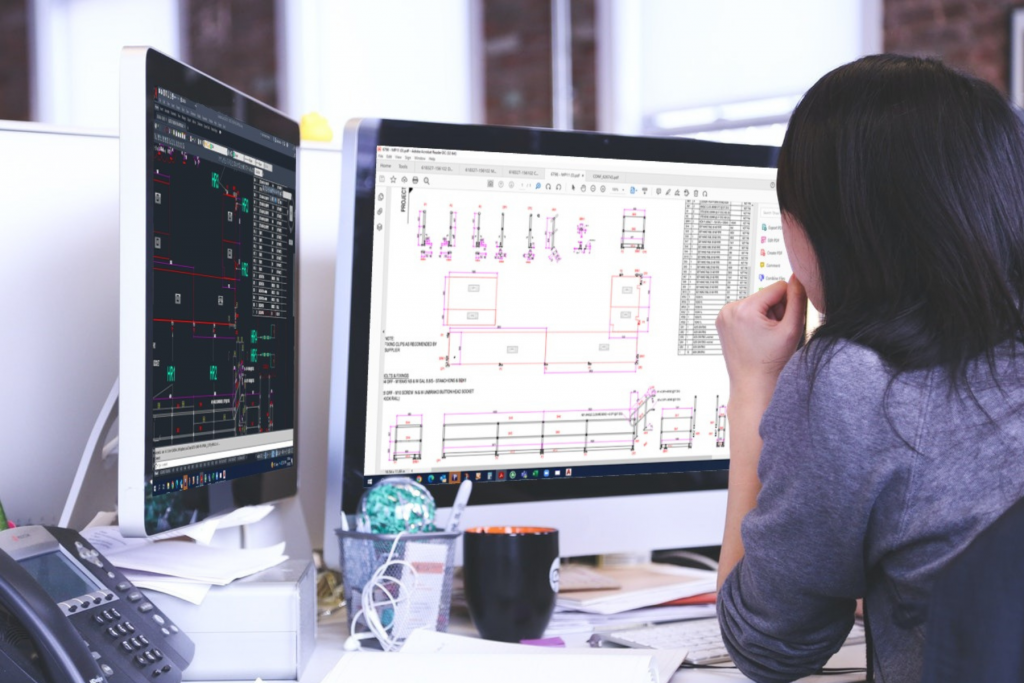-
+86 15030157877
-
sales@galvanizedmetalmesh.com
Jul . 29, 2024 02:01 Back to list
Durable and Efficient Steel Grating Solutions for High-Quality Bridge Construction and Design
The Importance of High-Quality Steel Bridge Grating
In the realm of civil engineering and infrastructure development, bridge construction plays a critical role in ensuring safe and efficient transportation. An essential, yet often overlooked, component of bridge design is the grating that forms the bridge deck. High-quality steel bridge grating has emerged as a preferred choice, offering durability, safety, and versatility that are crucial for the longevity and performance of bridges.
Understanding Steel Bridge Grating
Steel bridge grating is a type of flooring that provides support for vehicles and pedestrians while allowing light, air, and water to pass through. This is particularly important in environments where drainage is a concern, such as over rivers or during heavy rainfall. The grating can be manufactured in various types, including welded bar grating, molded grating, and expanded metal grating, each offering distinct advantages.
Advantages of High-Quality Steel
1. Durability and Strength One of the primary benefits of using high-quality steel in bridge grating is its exceptional durability. Steel is renowned for its strength and resistance to structural failure, which is essential in withstanding the immense loads that bridges are subjected to. It can endure harsh environmental conditions, including extreme temperatures, heavy traffic, and corrosive substances, thereby reducing the need for frequent repairs or replacements.
high quality steel bridge grating

2. Safety Features Safety is paramount in bridge design. High-quality steel grating is designed with slip-resistant surfaces, which is essential for preventing accidents, especially in wet or icy conditions. This feature enhances the safety of both vehicle and pedestrian traffic. Additionally, steel grating can incorporate specific design elements such as safety curb edges to further minimize the risk of falls.
3. Cost-Effectiveness While the initial investment in high-quality steel grating may be higher than alternatives, its long lifespan and durability provide significant cost savings over time. Lower maintenance requirements and the minimal frequency of replacements contribute to the overall cost-effectiveness of steel grating solutions. Additionally, the use of advanced manufacturing techniques can optimize material usage, further enhancing its economic viability.
4. Environmental Impact Modern steel grating options often include recycled materials and can be 100% recyclable at the end of their life cycle. The environmental benefits are substantial, making high-quality steel an eco-friendly choice in sustainable infrastructure development. This aspect aligns with growing global trends towards greener construction practices.
5. Versatility in Design Steel grating can be customized to meet specific design needs and aesthetic preferences. Various spacing, patterns, and surface treatments can be applied, allowing engineers to create structures that are not only functional but also visually appealing. This versatility extends its application to various types of bridges, including vehicular, pedestrian, and railway bridges.
Conclusion
In conclusion, high-quality steel bridge grating is an indispensable element of bridge construction that enhances safety, durability, and economic efficiency. As infrastructure needs grow and evolve, investing in superior materials like steel grating will ensure the longevity and reliability of bridges. By prioritizing high-quality steel solutions, engineers can contribute to the development of safer, more sustainable, and more resilient infrastructure for future generations to come. Emphasizing this aspect of civil engineering is not only a matter of practicality but also a commitment to fostering safe and sustainable transportation networks that support economic growth and community connectivity.
-
Premium Welded Gabion Mesh | Robust & Eco-Friendly
NewsJul.31,2025
-
Premium Eco-Friendly Roof Tiles | Affordable & Durable
NewsJul.31,2025
-
Premium Roof Tiles for Durable & Stylish Roofing Solutions
NewsJul.30,2025
-
High-Quality Roof Tiles for Durable & Stylish Roofing Solutions
NewsJul.29,2025
-
High Quality Square Wire Mesh Manufacturer & Supplier for Wholesale
NewsJul.29,2025
-
Premium Roof Tiles for Durable & Stylish Roofing Solutions
NewsJul.29,2025



